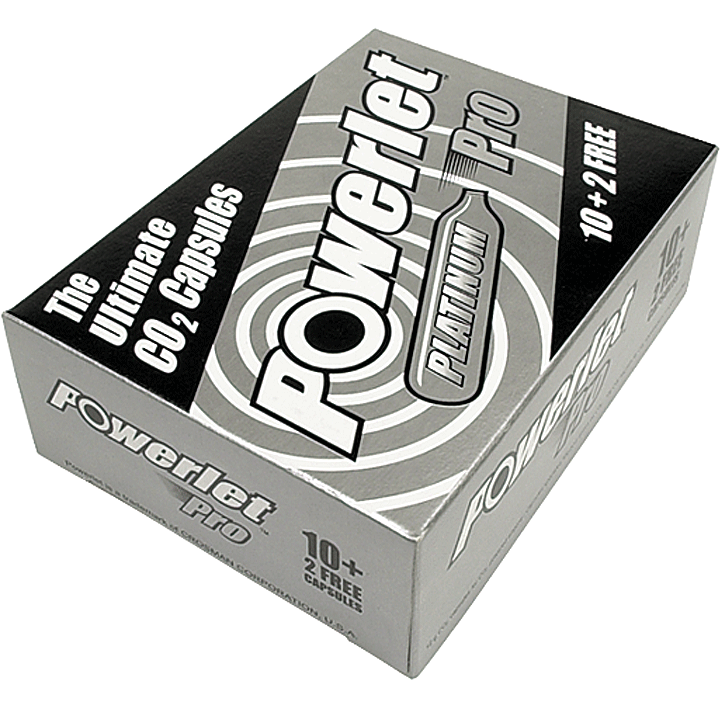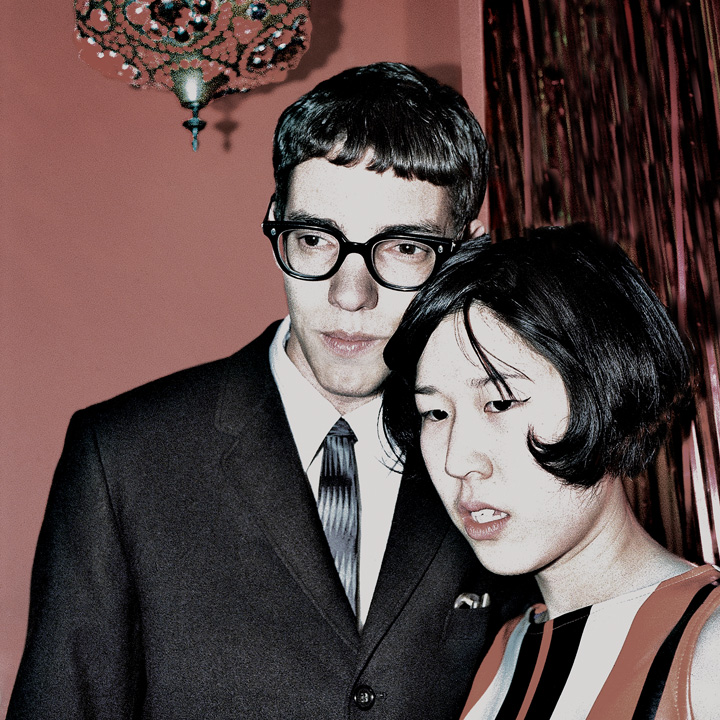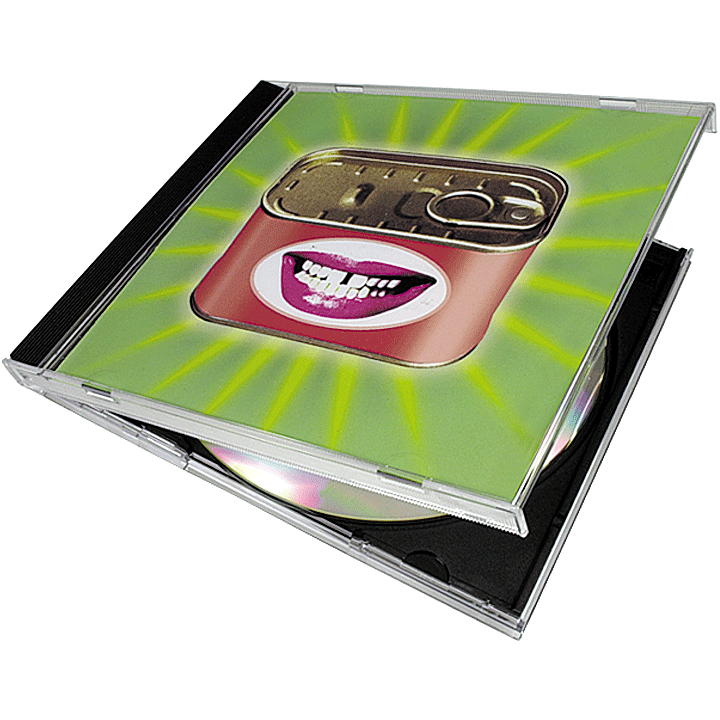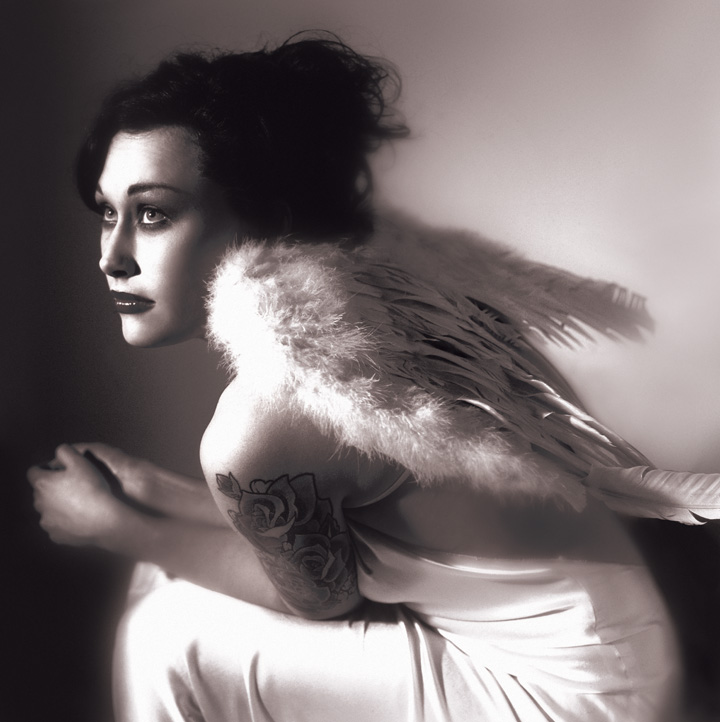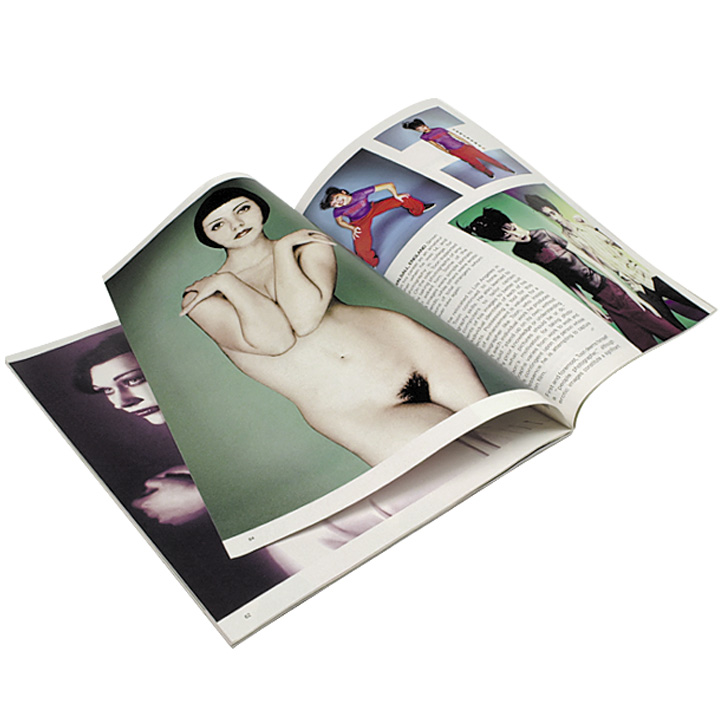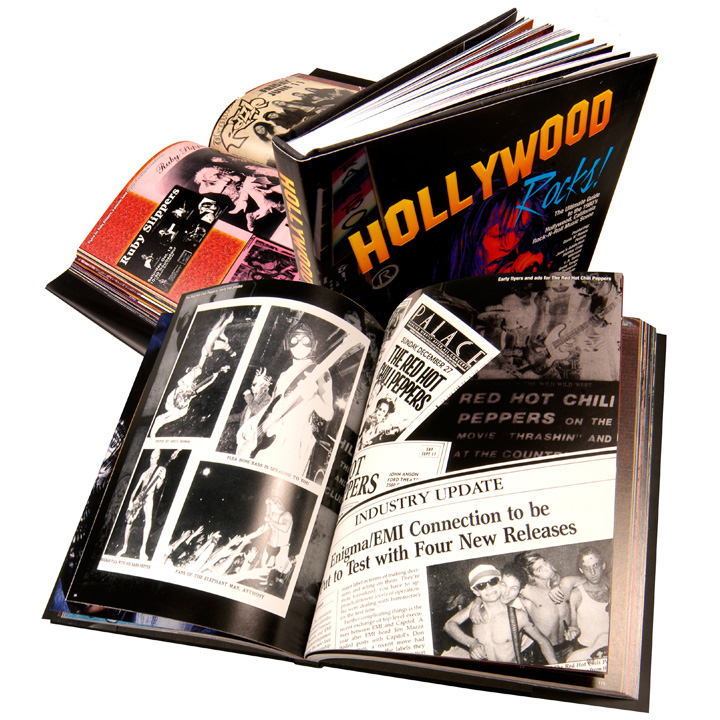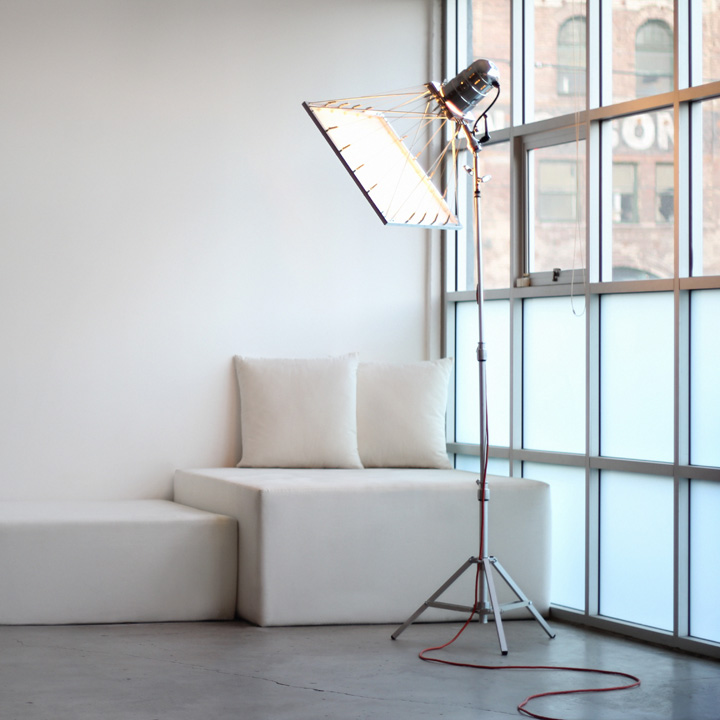|
Bio  Michael
Simon Toon b.
1977 Michael
Simon Toon b.
1977
I’m both a designer and builder of buildings, interiors and furniture; a filmmaker; photographer; illustrator; graphic designer; animator; and property developer; I’m co-founder and designer for a design and build firm in downtown Los Angeles, California. Iíve made short films which are utilized by teachers, students, and professionals in the fields of neuroscience, psychology, facial expressions, nlp, evolution, synthetic biology and architecture (word-search for the terms, toon, thought moments or protocell circus to locate references); they are reproduced by high school students around the world, both as part of the curriculum, and independently; by degree students; English language teachers, Zen Buddhist teachers, hackers, and healers; referenced in print-published books and research papers; and by a broad spectrum of practitioners internationally. Since 2011, I’ve designed and built a collection of lighting installations for domestic and hospitality environments. Since 2003, I’ve also completed five redevelopment projects; In 2008, Angels’ House, the UK solar and geothermal home which I designed and built, sold for £2M/$3.5M, a county record for the highest ever sales price for a single-family home. Five years later, in 2012, Angels’ House was referred to as one of four “modernist marvels for sale” in a Telegraph article titled, “The rise of the Modernist, eco-friendly home.” My 2004 short film, Thought Moments, increases in popularity year after year, and a different version of the film that I also produced, in which I superimposed a theoretical model for the interpretation of eye movements, has been established as a viable alternative to the existing visual access cues used in the field of neuro-linguistic programming. A google search for thought moments returns pages of reposts and references to the short film, in multiple languages; English, French, Spanish, Dutch, Russian, Polish, German, Thai or Tamil, on various Buddhist, neuroscience, nlp, health, psychology, language and lie-detection websites, forums and blogs. In 2010, I co-produced the short film, Protocell Circus, which was exhibited at the Royal Society’s British Film Institute, in South Bank, London; by the Chelsea Art Museum, in Manhattan, New York, for Google; and at the Natural History Museum in Vienna, Austria. According to Wikipedia, Protocell Circus is one of only 42 “Documentary films about science” worthy of note - a category that includes Powers of Ten, Cosmos: A Spacetime Odyssey, and A Brief History of Time. Thought Moments, UK Short Film, directed and produced by MST, 2004 I was born in Walsall, England, 1977. My mother, born in Lucknow, India, a great, great, great, granddaughter of Princess Helena and Prince Christian of Schleswig-Holstein (who was a descendent of Shakespeare’s Hamlet), worked all her life as a government carer and teacher for the learning disabled. She is of mixed heritage: German, Anglo-Indian, Portuguese, French, Scots-Irish. My father (d. 2012), an Englishman, also born in Walsall, was a professional gambler, property developer and serial entrepreneur, winner of a BBC poker match against the British poker champion in 1978, and UK speed water skiing champion, 1975, though entirely self-taught and without owning a boat. My mother provided for me by working six days a week, twelve hours a day. My father told me I would not receive any inheritance because he, “wanted to enjoy spending it while he was still alive,” which he did. When I turned 16, he took me to a restaurant and instructed me to apply for a job washing dishes, which I did. It was both my first and last job; since then, I’ve been self-employed as a freelance photographer, graphic designer, print-broker, artist, illustrator, animator, building designer, furniture and lighting designer, fabricator, engineer, and property developer. Illustration was my only real interest in life until I was 14 years old, when I started to take an interest in photography. At night I would turn my mother’s kitchen into a darkroom, developing rolls of film and printing photographs until the next day. At age 11, I passed the 11+ Exam, which allowed me to attend Queen Mary’s Grammar School from 1988 to 1993, the highest performing school in the UK according to the first ever national school league table in 1993. The headmaster noticed that I was a keen and proficient illustrator and photographer and so I was employed as a freelance photographer for school events and portraits of pupils and staff. I was asked to revive the school's unused photography department, teaching my fellow pupils (in a pre-digital world) the art of film photography, film processing with chemistry, and print production in the darkroom. Although I was not a member of my school’s British Army and RAF Cadet Force, I was Ďaskedí to wear a uniform (technically drafted) to teach photography (reconnaissance) to the cadets. From 16 to 18 years of age, I attended the Bournville School of Art (now Birmingham City University) to study photography, art history and design, taking a non-degree course with a stronger reputation for producing fine artists than the same institution’s degree course on the same subject; only students that were already proficient or advanced in photography were selected, and our work was used to teach the degree and post-graduate courses at the same university. At 16, I was half the average age of all the students in my class, the youngest that had ever attended the course. Higher education was still free at the time, for qualified applicants. While I was a student, I was a freelance photographer, and I was a photographic assistant. At age 17, I worked for a commercial studio working for corporate clients and advertising agencies, Sony and McCann Erikson, and local clients in the heavy engineering, manufacturing and defense industries, photographing anything and everything from microchips to tanks, and the machinery that makes tanks (in the pre-photoshop era). I was also a club magazine staff photographer in the EDM scene, going to two or three clubs a night, sometimes every night of the week. I promoted my own work to art galleries, and when I was 18, I was asked by the Custard Factory (the largest community of artists in Europe) to exhibit my hand-printed color photographs of bikini-clad Thai transsexuals in their gallery. In 1996, upon my father’s suggestion, I went to Bangkok, Thailand, to become a Theravada (the oldest school of buddhism) Buddhist monk for a summer. I was ordained by Somdet Phra Buddhacarya (who became the acting Supreme Patriarch, leader of all Buddhist monks in Thailand until his death in 2013) and I studied directly under the late master, Phra Maha Uthai, one of Theravada's great Buddhist scholars. I lived and studied at Wat Saket (Golden Mount Temple) in Bangkok, wearing the saffron robes, shaving my head and eyebrows, receiving alms every day (begging for food). I also travelled to the forest to study meditation as part of the Thai Forest tradition. Everything I learned during that time has proven to be extremely useful and valuable. At age 19, I traveled across Southern California and spent most of the next eight years in Hollywood, Los Angeles. I photographed actors and designed flyers for clubs, raves and parties. I was given office space at renowned studio, A&A Graphics (now APC), which was California’s hub for club, rave and concert promotions. It was the crucible for countless underground promoters some of which would become giants of the scene, like Electric Daisy Carnival, Narnia, and Goldenvoice. A&A helped establish the now-famous Coachella visual identity with their flyers and posters, and are now one of the largest direct marketing studios in America. I worked as a freelance photographer, graphic designer, illustrator, photographer and animator. At age 21, I worked as a freelance Art Director at Sony Music/Columbia in Santa Monica, producing and designing album cover art and poster advertising. I also worked as a freelance print graphics designer for Atlas Productions in Santa Monica, producers of cult feature film, Baraka, as well as television advertisements for McDonalds, Budweiser and Molson Beer. I art directed and produced print advertising for their services. In 2001 I started working as a freelance artist at the studio of 23D Films in Hollywood. 23D was founded and operated by Emmy award-winning character artists and animators for South Park, The Simpsons, Futurama and King of the Hill, and also the creators of animations for Tool, Tupac and Eminem music videos. I worked as a resident consultant at 23D Films, refining character artwork and testing alternative computer based methods that I had proposed, for the 'ink and paint' process, which circumvented the outsourcing of artwork to Laser Pacific (Ink and Paint artists in Hollywood for Simpsons, Futurama, etc.), whom had previously been employed by 23D to render its broadcast quality animations at considerable expense. I successfully proved the technique with an interstitial for New Line Cinema’s 2002 feature film, Run Ronnie Run, (with David Cross, Bob Odenkirk and Jack Black). I also provided illustration services, ink-and-paint, and animations. The founder of 23D Films is co-founder and CEO of Starburns Industries, which produced the first season of Adult Swim’s, “Rick and Morty.” While working as a freelance consultant, I used to photograph my close friends and family. In 2000, Juxtapoz published its Erotica Magazine which featured an eight page editorial on my personal portrait photography and polaroid photography. In 2004, Cleopatra Records, in Hollywood, published Hollywood Rocks, a hardback book about Hollywood Rock Bands of the 80’s including Guns & Roses, Red Hot Chili Peppers and Motley Crue. I assisted as editor and designed 110 of its 210 pages. The book inspired a 90-minute documentary, which according to the movie’s own synopsis is, “Based on the best-selling coffee tablebook of the same name.” The film features the actual printed book heavily as a reference. The movie consequently inspired a compilation album, also of the same name, by Deadline Music Records. Book for Cleopatra Records, Hollywood. Editing and design credit, MST, 2001 I was asked to art direct and design the University College London graduation ceremony program, for the graduating year 2000. I was given complete artistic freedom and told only to consider that, “People will have worked extremely hard to be able to receive one of these.” UCL is one of the world’s top ranking universities. In 2004, I traveled the UK to produce Thought Moments, a short film which the British Council have accepted into their film library. Thought Moments refers to a lesser-known term used in Buddhism to describe the sequence of thought processes that occurs after a physical or mental object enters the mind, a subject that I studied when I was a Buddhist monk in Bangkok, eleven years previously. In October 2009, an unauthorized repost of the film was awarded Youtube honors for Russia – No. 5 top favorited (of all time) in education, No. 17 top rated (of all time) in education and No. 65 most viewed (of all time) in education. It is watched in over 130 countries, from Bhutan to Tuvalu, and the film itself is reproduced by students across the world, from Sacramento to Turkey. In 2009, the reproduction of Thought Moments was part of the coursework given to students for their psychology bachillerato (the equivalent of A levels in the UK, or an Advanced Placement in the US) by a psychology professor in Spain.
In 2006, I put forward a design proposal and business plan for a property redevelopment project to Straight Line Developments Ltd. (a family property development company owned by the Quayles), who consequently purchased the site and then commissioned me to design and build a luxury home. I designed Angels’ House and assembled the construction team - Case Study Construction Ltd. I marketed the property just after mid-construction and it sold within two weeks of being advertised, in 2008, at the height of the most serious financial crisis since the Great Depression; at the time, the most expensive house ever sold in Staffordshire, UK. I was inspired by the modern architecture in Los Angeles and by the houses of the Case Study Program, a project created by Arts & Architecture Magazine, in Santa Monica, LA, that was active from 1945 to 1966. The Case Study Program commissioned architects and designers, including Charles and Ray Eames, Mies van der Rohe, Eero Saarinen and Richard Neutra, to create a new vision of the ideal home. I designed Angels’ House, and its contents, so that the result might be more of a singular concept, or a sculpture, rather than a collection of separate ideas. I have since developed some of my ideas to produce architectural installations. In
2010, I
collaborated with artist and writer Dr Rachel Armstrong
(Senior TED
fellow and UCL teaching fellow, 2010) to produce the
short
film, Protocell
Circus. Protocell
Circus
is
a short film featuring microscope footage of
inanimate matter, forming into rudimentary cells, or prototype cells,
referred to as ‘protocells.’
These protocells were synthesized in the laboratory and captured on
video by Dr Armstrong as part of her research into new theoretical
architectural construction methods. It is the
first film ever to show recognizable physical behaviors of life forming
from just basic chemistry, also known
as abiogenesis.
It would seem to validate Aristotle’s
theory of spontaneous generation and
may well provide an
insight into the origin
of all life on Earth - Darwin’s missing
‘spark’ that
started evolution
on its path. I edited the raw footage, added sound design (the original
footage has no audio) and wrote its anthropomorphic narrative (the
subtitles). I altered the
tonal range and frame-rate to highlight the protocells’
most life-like behaviors; so much so, that when Dr Rachel Armstrong saw
the final film
for the first time, she asked, “Is that my
footage?” It was
Dr Armstrong
that first referred to the film’s hypothetical subtitles as,
“their thought
moments.” In 2010 and 2011 the film was featured at
the Royal
Society’s British Film
Institute,
in South Bank, London, and in 2011 was presented as part of a
discussion panel with Douglas Trumbull (visual effects creator for 2001: A Space Odyssey, The
Andromeda Strain and
Bladerunner). In
2010, the film was exhibited at the Chelsea
Art Museum, in Manhattan, and at Google
Inc, in New York.
In 2011, it was exhibited at the Natural
History Museum in Vienna, Austria, and was referenced in a German Ethics Council paper titled, “The importance of synthetic biology for
science and
society.” The film is reposted and curated
online frequently, and used as a reference in religious and political forums. Protocell Circus,
Short Film by
Dr
Rachel Armstrong and MST, 2010 According to
wikipedia.org,
I’m one of just 268 (at time of writing) notable British photographers, and one of
only 11 British builders; I am an early-adopter of the pre-smartphone digital ‘selfie.í In 2018, Japanís longest running fine art magazine published in print, Bijutsu Techo, nominated Protocell Circus as the most significant Bio-art [in the world] of 2010. In March 2022, Popular Mechanics published an article about my most recent endeavor and consequent Ďdiscovery,í Woah, This Designer Found a Brand-New Fibonacci Sequence. For fun, I like to play music for my daughter. |

